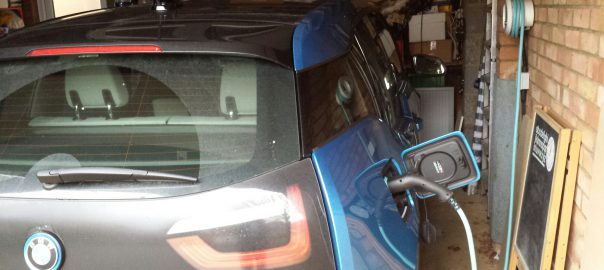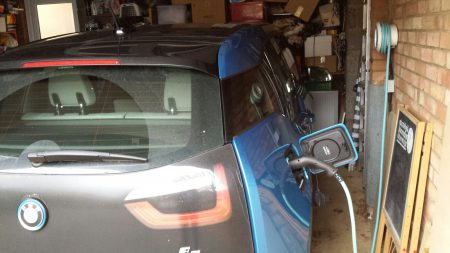Most people who are contemplating an EV labour under the petrol station mindset.
It’s entirely understandable, because that’s how we’ve always driven. When the tank’s empty, we stop at a station, or even drive specially to one, and fill up. So when thinking about EVs, we worry about how long it takes to charge en-route, and how many chargers there are, and whether they’ll be occupied when we get there.
But once they’ve had an EV for a while, owners flip right out of that mindset. Only about three per cent of UK charging is done on roadside rapid chargers. That’s tiny. Here’s why. You’ve plugged in overnight at home. If your petrol tank was magically nearly full every morning, you wouldn’t often stop at a station.
We’re programmed to think about recharge times because with a petrol car, getting energy into the thing occurs only while we’re standing on a wet, greasy forecourt holding a hose. In an EV, energy can go into it while we’re sleeping or working or shopping. Even if we don’t shop for eight hours, it’ll still give enough juice for a useful distance. After all, you often see people putting in a tenner’s worth of petrol.
Slow charging is the EV world’s Cinderella. Forgotten but vital. The headline recharge times are the rapid DC roadside stops. But say you buy an EV with 250 miles’ range. Now look at a map and see how often you drive – in one hit – to places more than 250 miles from home. For most of us, a few times a year. That’s when you’d want a rapid charge of under 45 minutes or so. The rest of the time, slow charging is just fine.
It turns out most electric-car drivers don’t even bother to plug in every night, or necessarily to fully charge. People have regular driving habits, and if that means 40 or 50 miles a day, a couple of plug-ins a week is fine. Plus ever more shops and town centres are installing free chargers to tempt EV owners to visit.
Read more: Top Gear

